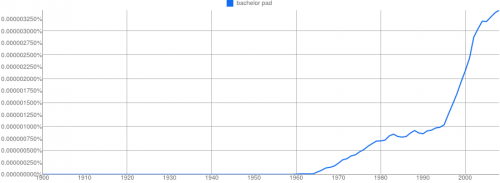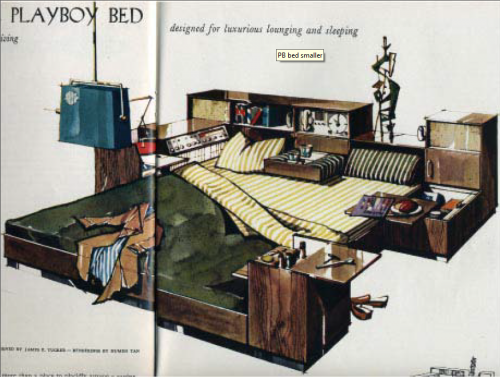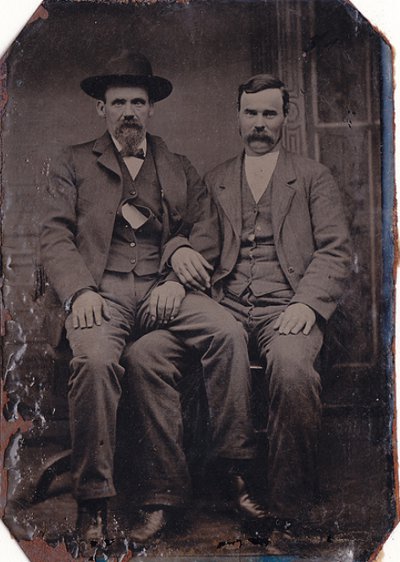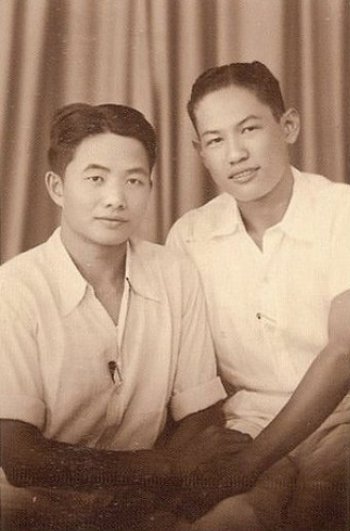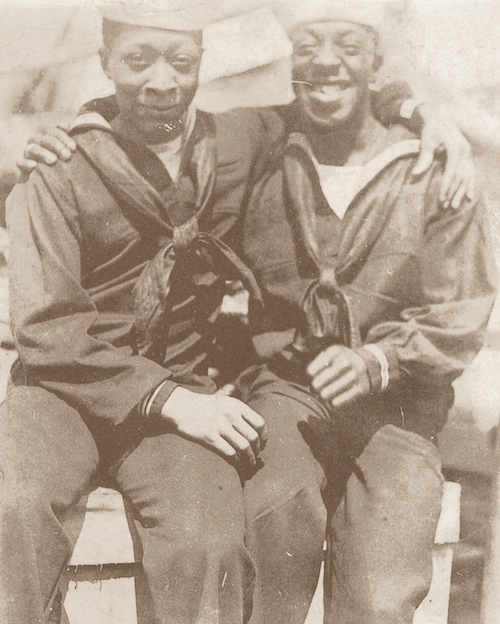Last month the New York Post ran with this unflattering cover photo of Hillary Clinton responding strongly to congressional questioning and the tagline “No Wonder Bill’s Afraid.”
The not-so-subtle sexist messages include:
- Even if you’re secretary of state in the most powerful country in the world, it’s not alright to get angry if you’re a woman;
- when a powerful woman raises her voice to make a point, she is out of control — “exploding with rage”;
- and when a man is married to a powerful woman, even a man who used to lead the free world, he is automatically cowed by her.
Despite rapid gains in women’s political and corporate leadership since the 1970s, powerful women are still held to the damaging double-bind of appearing “properly” masculine in order to appear
leaderly and “properly” feminine so as to not violate social expectations.
Caroline Heldman is a professor of politics at Occidental College. You can follow her at her blog and on Twitter and Facebook.




